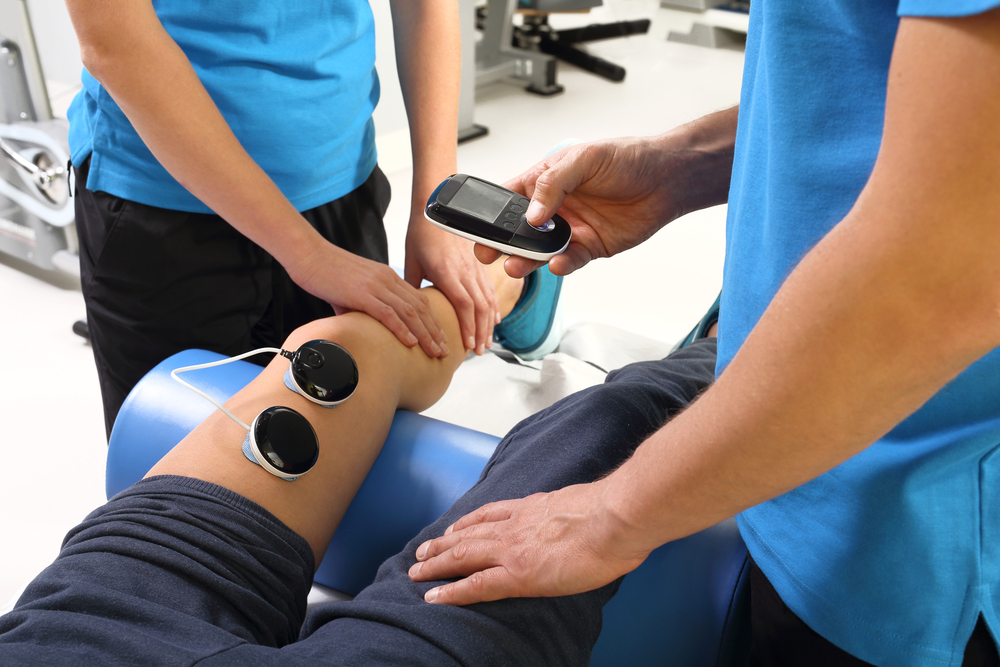EIM Could Be Reliable Method to Assess Effects of Therapy in DMD Trials
by |

A technique called electrical impedance myography (EIM) can help detect muscle deterioration in people with Duchenne muscular dystrophy (DMD), according to a study published in the scientific journal Annals of Neurology.
The method is also able to identify the therapeutic effects of corticosteroids and could therefore be a good biomarker in clinical trials.
To evaluate disease progress and assess the effects of treatments in DMD, methods that are sensitive, objective, and easily applied are needed. EIM is quick to apply, painless, and requires minimal operator training; therefore, it’s a good candidate to be used as a biomarker.
“The technique deserves to be further evaluated as a biomarker in DMD clinical therapeutic trials,” Dr. Seward Rutkove of the Department of Neurology at Beth Israel Deaconess Medical Center at Harvard Medical School and co-authors wrote in the report “Electrical impedance myography for assessment of Duchenne muscular dystrophy.”
For the study, the researchers recruited 36 boys with Duchenne MD, ages 2 to 14, through the neuromuscular clinic at Boston Children’s Hospital, as part of the Quantitative ultrasound and EIM in DMD (QED) study, as well as 29 boys without DMD of similar age.
The researchers took multi-frequency EIM measurements for up to two years from six muscles in the arms and legs of the boys. They also measured the distance walked in six minutes (six-minute walk test) by the boys, who were age 5 and older, and the time it took for them to get to a standing position from lying horizontally (supine to stand test), to assess functionality.
They found that in DMD boys who were older than 7, there was a significant difference in EIM measurements taken from the arms by six months. In boys who were 7 and younger, differences appeared at six months in the calf muscle.
Importantly, significant differences in EIM measurements were present before any difference was observed in the functional tests, suggesting that EIM is a more sensitive method of assessing muscle deterioration in DMD.
Treatment with corticosteroids significantly improved the EIM measurements consistent with the known clinical benefits of these drugs in delaying muscle wasting.
“EIM detects deterioration in muscles of both younger and older boys by 6 months; it also identifies the therapeutic effect of corticosteroid initiation,” the authors wrote.
EIM is a technique where a very low intensity alternating current is applied to the muscle of interest. Changes in the structure and composition of the muscle such as changes in the size of muscle cells, inflammation, edema, and connective tissue and fat deposition impact the measurements taken and can be detected.







